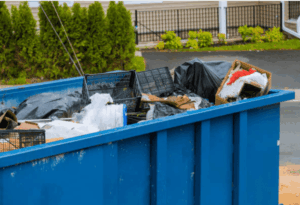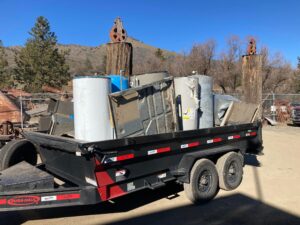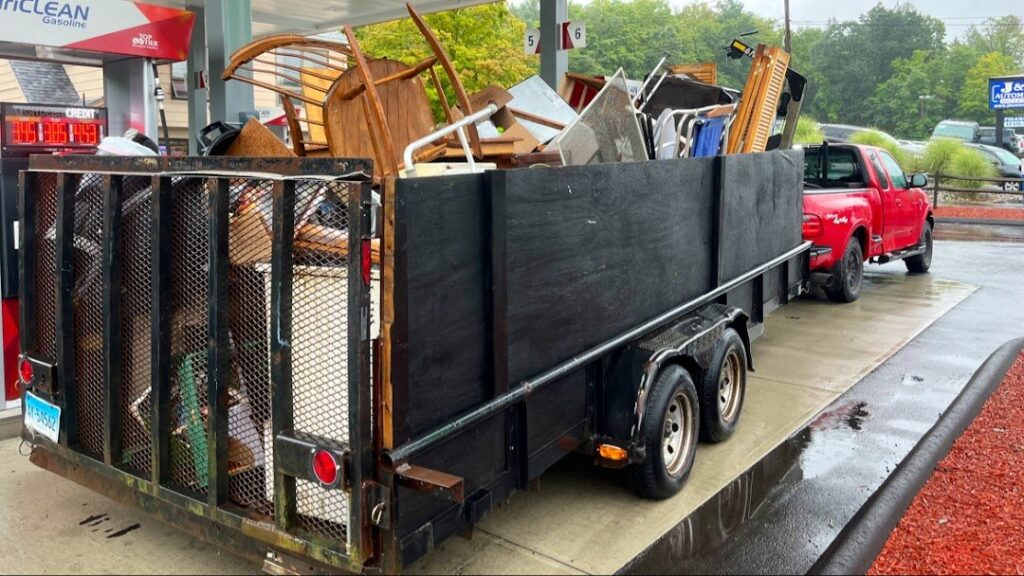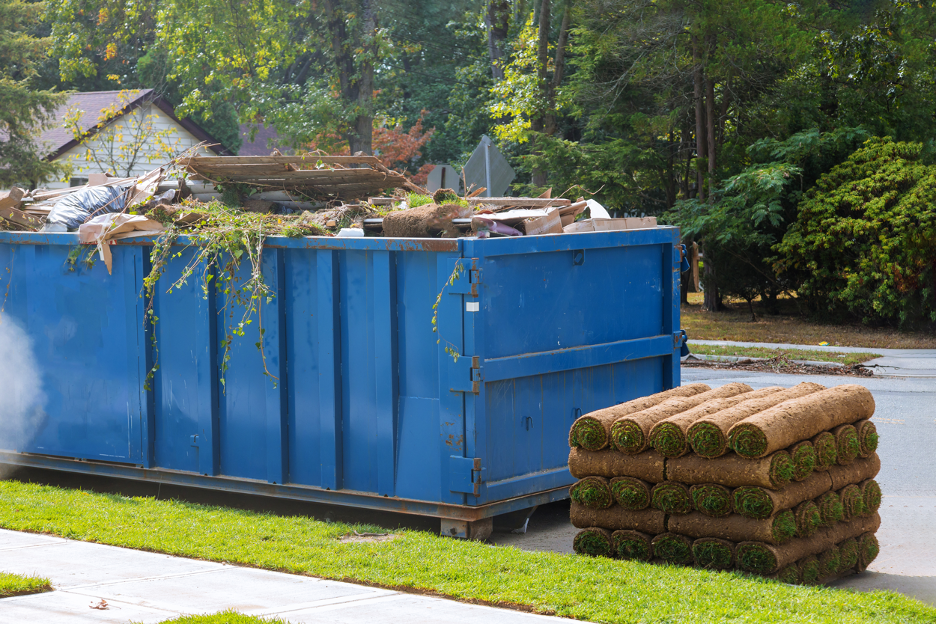How to Choose the Right Size Haul-Away Dumpster Rental for Your Needs
When you’re preparing for a major clean-out, renovation, or construction project, one of the most important logistics to consider is how to manage the waste. A haul-away dumpster rental is often the most convenient solution. However, choosing the right size dumpster can be confusing, especially if it’s your first time renting one. Too small, and you’ll end up needing multiple hauls. Too large, and you’ll pay more than necessary. Understanding your needs and matching them to the correct dumpster size can help save time, money, and stress.
Understanding Dumpster Sizes
Dumpster sizes are typically measured in cubic yards, which refers to the volume of debris the container can hold. Common sizes include 10, 15, 20, 30, and 40 cubic yards. A 10-yard dumpster, for example, is great for small-scale cleanouts or a single-room renovation, while a 40-yard dumpster can accommodate large construction projects or full home remodels. It’s essential to understand what each size is generally used for, but keep in mind that your unique project details will ultimately determine what size is appropriate.

Assessing the Scope of Your Project
Before selecting a dumpster size, evaluate the scale of your project. Consider the type of work being done and the amount of waste it will generate. If you’re cleaning out a garage or basement, the debris might mostly consist of boxes, old furniture, or discarded household items. In this case, a smaller dumpster might be adequate. However, a kitchen renovation that involves tearing out cabinets, countertops, drywall, and flooring will produce more bulk waste, necessitating a larger container.
Similarly, landscaping projects can vary widely. Removing a few shrubs or yard trimmings might not require more than a 10-yard dumpster, while removing large tree limbs, soil, or old fencing can easily fill a 20-yard or larger container.
Considering the Type of Debris
Not all debris is created equal. Dense materials like concrete, brick, or dirt are much heavier and take up less space than items like insulation, wood, or furniture. Most dumpster rental services have weight limits, and exceeding these can incur additional charges. If you’re disposing of heavy materials, even a small volume can hit the weight threshold quickly. In these cases, you might need a smaller dumpster even for a big job, to ensure it stays within weight regulations.
Conversely, if you’re disposing of lighter materials that take up more space, a larger dumpster might be more appropriate even if it’s not particularly heavy. Understanding the composition of your waste helps you determine the best match for your needs.
Space and Access Limitations
Another important factor to consider is the physical space available for the dumpster. If you have a small driveway or a narrow street, a large 40-yard dumpster might not fit. Measure your space beforehand and communicate any restrictions to your rental provider. They can help suggest a size that will work within your limitations. If space is tight, you might need to rent a smaller dumpster and arrange for multiple pickups.
Additionally, consider the accessibility of the location where the dumpster will be placed. Make sure there are no overhead wires, tree branches, or tight corners that could complicate delivery and removal.
Duration of Your Project
How long your project will last can also influence the right dumpster size. If your project will take place over a longer period, you might be able to get by with a smaller dumpster and have it emptied and returned as needed. On the other hand, for short-term or weekend projects where waste must be cleared quickly, it may be better to opt for a larger container to avoid delays and extra service calls.
Consult with Professionals
Dumpster rental companies are well-versed in matching container sizes with customer needs. Don’t hesitate to describe your project in detail when booking your rental. Let them know what type of debris you’ll be disposing of, the scale of your project, and any spatial constraints. A reputable company will use that information to recommend the most cost-effective and practical dumpster size for your situation.


